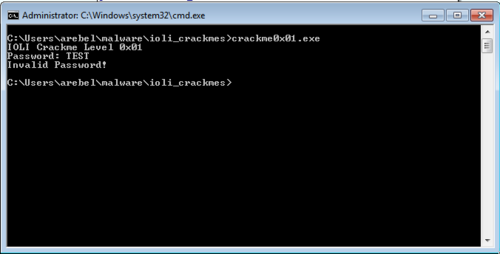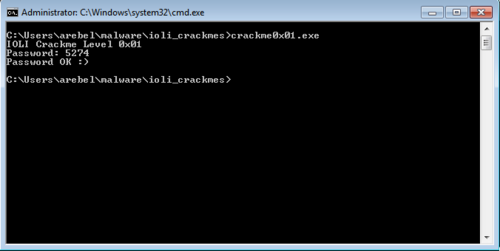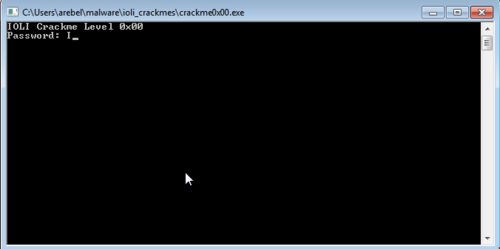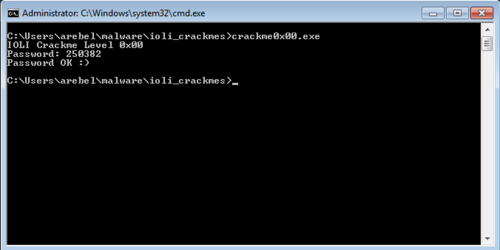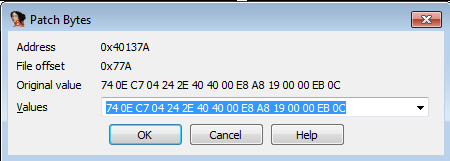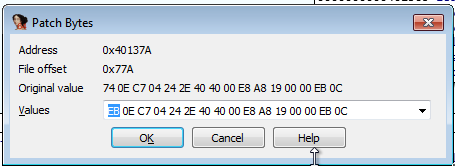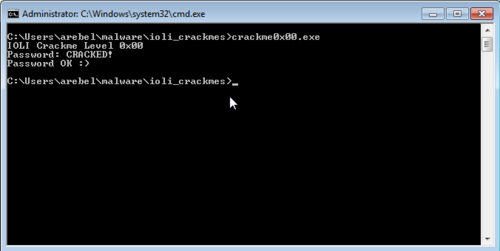[Edit: shcode2exe is now part of Remnux]
I've been playing around with Remnux and encountered a problem trying to get one of the tools to run properly. The tool is shellcode2exe, it is used to compile binary shellcode to a file so it can easily be debugged by a debugger.
When I checked out the code, I was surprised to find out how simple it is. Basically, what happens is that the inputted shellcode is added to a barebones assembly file using the incbin assembly instruction. From there, the file is then automatically compiled and linked.
One big problem with the tool is that it needs to use Wine if it needs to run on Linux. I don't want such a huge dependency especially for my own malware analysis lab so I decided to write my own version which have led to the creation of shcode2exe.
shcode2exe
While similar in functionality with the original tool, the biggest improvement I made is that it it does not depend on Wine along with other features as listed below:
- Can accept a shellcode blob or string (String format
\x5e\x31) - Can target both 32bit or 64bit Windows architecture.
- Cross platform. Works on Linux or Windows.
- No dependency on Wine when running on Linux
- Tested working with Python v3.3 and above
- Tested working on Windows 7 (Non SP1) and above
Usage
Here's the help message for the tool:
usage: shcode2exe.py [-h] [-o OUTPUT] [-s] [-a {32,64}] input
Compile a binary shellcode blob into an exe file. Can target both 32bit or 64bit architecture.
positional arguments:
input The input file containing the shellcode.
optional arguments:
-h, --help show this help message and exit
-o OUTPUT, --output OUTPUT
Set output exe file.
-s, --string Set if input file contains shellcode in string format.
-a {32,64}, --architecture {32,64}
The windows architecture to use
Here's how to load a file with shellcode in the format of a string
$ cat test.txt
\x5e\x31\xc0\xb0\x24\xcd\x80\xb0\x24\xcd\x80\xb0\x58\xbb\xad\xde\xe1\xfe\xb9\x69\x19\x12\x28\xba\x67\x45\x23\x01\xcd\x80
$ ./shcode2exe.py -s -o test-string.exe test.bin
Load a file with shellcode in the format of a blob
$ ./shcode2exe.py -o test-blob.exe test.bin
Use 64 bit architecture for the output (32 bit is the default)
$ ./shcode2exe.py -o test-blob.exe -a 64 test.bin
$ file test-blob.exe
test-blob.exe: PE32+ executable (console) x86-64 (stripped to external PDB), for MS Windows
Next steps
I decided to reach out to the people behind Remnux to ask if they could consider my tool as a replacement on their platform. It would be great if they would, but it's okay too if they don't, I made it for my own use anyway. (Update 2021-02-07: It's now under review)
For more information about the tool and it's code, go to it's Github page. If you have any comments or suggestions on how to improve it, feel free to tell me via Github issues or dm me at @accidentalrebel.
